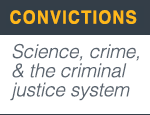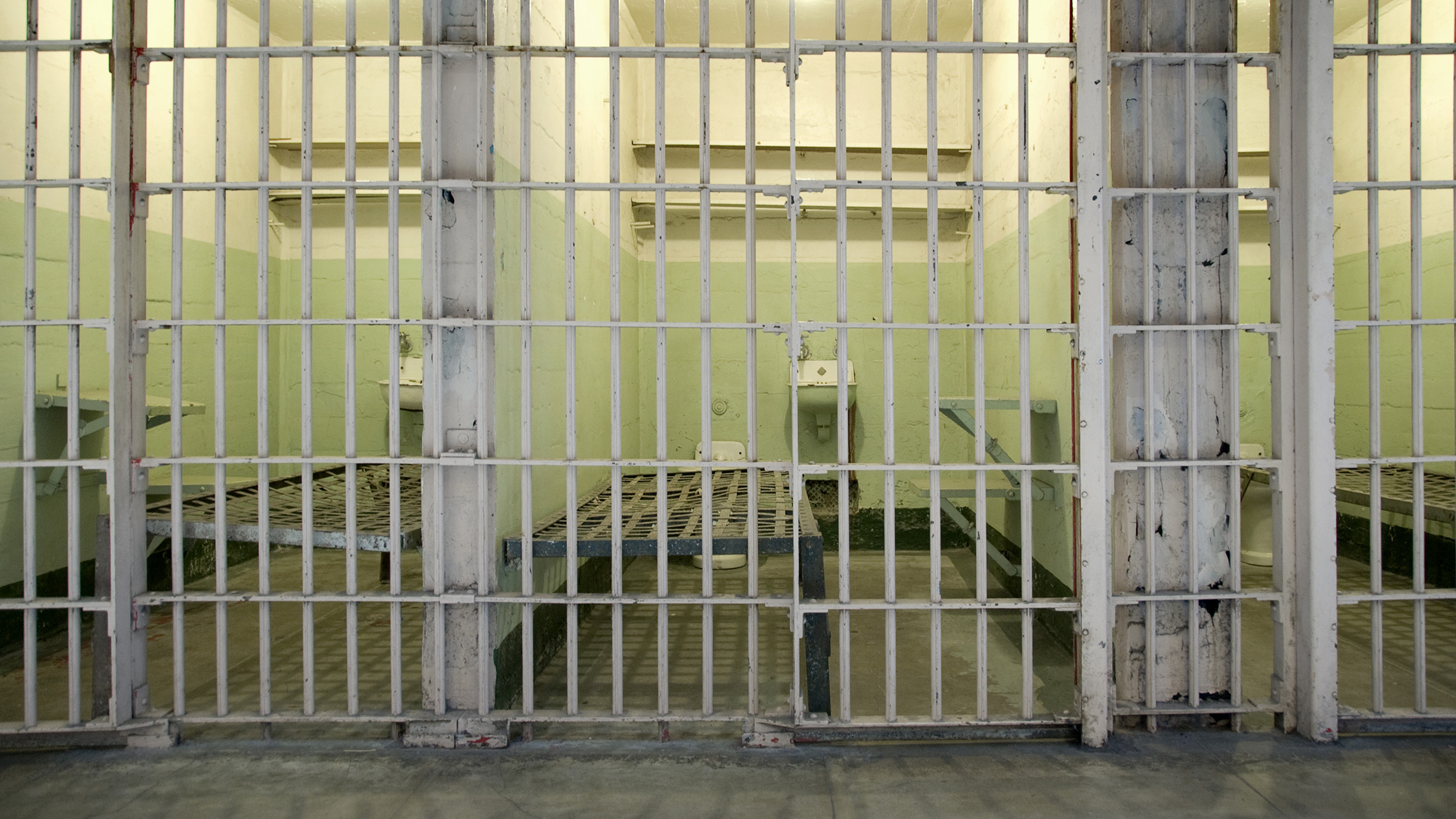On December 8, 1979, a police officer in Joliet, Illinois, killed Ronald Sherrod, a 19-year-old black man who had committed no crime.
Sherrod worked for his family’s auto repair business, and that day he’d been called out to jump a dead battery. He didn’t know his client had just robbed a gift shop. Sherrod was behind the wheel of the would-be getaway car when the police arrived and shot him in the head.

The Sherrod family later filed a wrongful-death lawsuit against the police officer, the chief of police, and the city — and they won, to the tune of $1.6 million, including $850,000 for the value of Ronald Sherrod’s life. Though a later trial ultimately lowered the award to $450,000, the $850,000 in the original jury verdict was essentially monetary compensation for the experiences Sherrod wouldn’t get to enjoy — the businesses he would never start, the Christmases he would miss, the children he wouldn’t have — a life not lived.
Stan Smith, a Chicago-based economist who consulted on the Sherrod case, came up with the idea. He based it on a well-established, evidence-based economic concept called the Value of a Statistical Life, or VSL, and he called it “hedonic damages,” how much money a person’s life is worth, as distinct from simple compensation for lost wages.
To Smith, who still consults in legal cases, this is the best way to calculate how much money should be awarded in cases where victims have lost years of their lives — whether to wrongful death or to wrongful imprisonment. But today, when states, and even activist organizations like the Innocence Project, consider how much a person should be compensated for wrongful imprisonment, they base those numbers more on something like back-of-the-envelope estimates and political expediency than scientific analysis.
But this is not a story about lawmakers rejecting scientific evidence; it’s about questions science can’t answer. Because forensic economists — Stan Smith’s colleagues — tend to reject his approach, too. In fact, so many of them reject it that Smith’s expert testimony has been excluded from trials on the basis of the Daubert standard, which gives judges the ability to dismiss testimony that isn’t up to scientific snuff. At issue is the Value of a Statistical Life, which many economists say shouldn’t be used to place a literal value on an individual life. Science may simply have no good way to tell us how much a court should pay for a person’s freedom, family, and happiness.
The federal government, the District of Columbia, and 30 states have statutes that allow compensation for wrongful prison sentences. But the amounts vary wildly, and not everybody who has been wrongfully convicted and then set free will get any money. At the lower end, Wisconsin offers $5,000 per year with a cap of $25,000 total. By contrast, in Texas, exonerees can get $80,000 per year of imprisonment, plus an annuity payment every year for the rest of their lives and access to the same state health care plan used by their former jailers. Some states, like Maryland, don’t specify an amount at all.
The Innocence Project, for its part, recommends that exonerees be paid a minimum of $50,000 per year of incarceration — a number that was basically picked at random, said Paul Cates, the group’s communications director. “My understanding is that the $50,000 number is just ‘There’s no way we could properly compensate anyone, so let’s just throw out a number,’” he said. Sources familiar with the process that led to Texas’s relatively generous compensation statute said that number was similarly based in the gut rather than the head. Since 2001, lawmakers in Texas have simply ratcheted the number up, making small increases bit by bit whenever they were able to lick a finger, stick it in the air, and feel the political breeze.
Wrongful-conviction compensation, in other words, seems like just the sort of situation that could do with a bit of evidence-based policy making. Compensation might be more just if it were based on something other than guesswork or politics or the amount of money that victims of wrongful imprisonment might have earned had they been free. Decisions based on data are usually better than decisions based on the seat of your pants. “So in theory, it sounds really good, right?” said Kurt Krueger, a forensic economist who is also the managing editor of the Journal of Forensic Economics and the immediate past president of the National Association of Forensic Economists. “It sounds like, boy, that’s a good compensation mechanism.”
But the reality is a little more complicated.
To understand why economists like Krueger don’t believe the Value of a Statistical Life should be used to calculate compensation for actual lives lost to wrongful death and wrongful imprisonment, you have to understand where it comes from.
The VSL is actually an equation, (∂U/∂r)/(∂U/∂Y), which to a layperson looks a bit like something written in Ferengi. In fact, the top of the ratio represents the marginal utility of a small reduction in the risk of death; the stuff on the bottom is the marginal utility of a small change in income. The goal is to calculate how much someone is willing to pay to prevent a small risk of death.
Take air bags. The modern air bag was patented in 1953, but didn’t become legally mandated in all new vehicles until 1998. “We had the technology for a long time, but they were just so expensive,” Krueger said. The VSL comes into play as companies and government entities calculate how much extra per car most people would be willing to pay for the safety afforded by air bags. Over time, that number rose while the cost of manufacturing air bags fell. “It sends a signal out to the air-bag producers” that society values the extra safety more than the cost of production, said Thomas Roney, a forensic economist from Texas who has been an expert witness for the September 11th Victim Compensation Fund.
So that’s one way economists come up with the Value of a Statistical Life — adding all the small amounts people are willing to spend on airbags to reduce the risk of death in car accidents and dividing that by the expected number of lives saved by airbags. Another way is to look at jobs that have a similar educational requirement but a different safety risk — for instance, garbage collector (which was the fifth most dangerous job in America in 2014) versus maintenance worker (18th).
Controlling for factors other than safety, economists measure how much more garbage collectors have to be paid than maintenance workers in order accept their job’s risks. The small differences in wages earned per garbage collector, adjusted by risk, add up to a big number that becomes the VSL. As you might imagine, then, the statistical value of an American life varies widely, depending on what examples you’re using to calculate it. A 2003 review of the literature found that VSLs can range from less than $1 million to more than $20 million.
The VSL can be a valuable tool with legitimate applications, but Krueger, Roney, and Trudy Ann Cameron, an economist at the University of Oregon, all doubt that it should be used to calculate compensation for victims of wrongful death and imprisonment. For one thing, they say, the VSL is an aggregate meant to help make cost-benefit analyses; it’s not the literal value of an individual life. For another, the circumstances we use to calculate VSL aren’t analogous to prison or certain death. It’s not certain that you’ll crash your car and need an air bag to save your life. In fact, most people won’t. So the question “What would you pay for the added safety?” includes the understanding that you, personally, probably won’t need it.
“But you’re 20 years old. How much would you pay to not spend the next 20 years in prison for something you didn’t do?” Roney asked me. It doesn’t take much thought to see that the answer, in a pure dollar amount, would be very different.
So if VSL isn’t a good way to calculate damages for the wrongfully convicted, what is? In wrongful-injury and death cases, Roney told me, the law allows compensation based on lost earnings. But that too is a flawed measure. “He’s also lost his freedom, and that’s certainly worth an infinite amount to almost everyone,” Roney said. “How do you compensate for that? My view of that is, I don’t know.”
Cameron went a step further. In an email, she told me that statisticians can research past compensation awards, though this research would be limited by the relatively small number of such cases and might not be generalizable. But in any event, what the average compensation has been is not the same as what it should be. And, she wrote, “the ‘should’ question is something beyond what economists can address.”
The reality is that value lost to wrongful death and imprisonment is impossible to calculate scientifically. “It’s very difficult to measure an individual’s utility,” Roney said. “I don’t know how we can devise an experiment that would see how much he would be willing to pay to get out of prison.” There are things that science simply can’t measure. And most of them involve people. In fact, to Krueger, that’s the difference between a soft science, like economics, and a hard science, like chemistry.
“You can mix two beakers of one solution with a beaker of another solution and you always get the same result. But you can’t do that in economics,” he said. “We have good theories and good predictions about how people will behave, but in reality people behave all over the board.”
In a case just this week, a jury in Los Angeles awarded $2.2 million to the family of Christian Eaddy, a 26-year-old black man who was shot and killed by police in 2013. It’s not yet clear how that amount was calculated and, as with the ruling in Sherrod’s case, there’s no guarantee that it will stick. But one thing is clear — it could never be enough to replace him.










